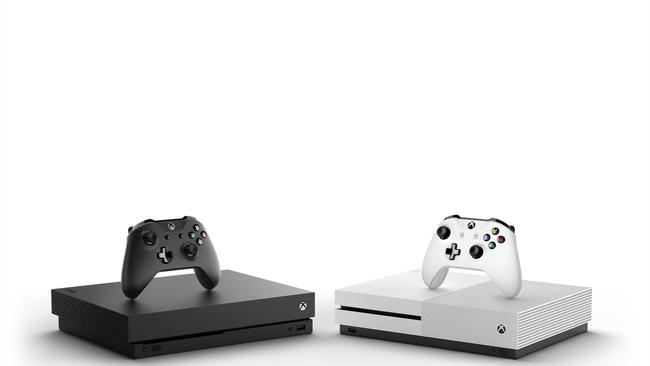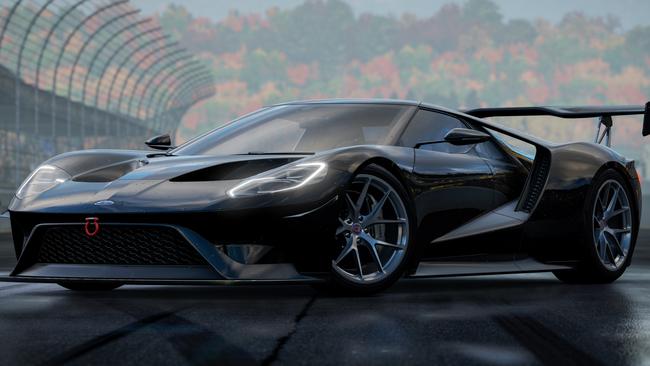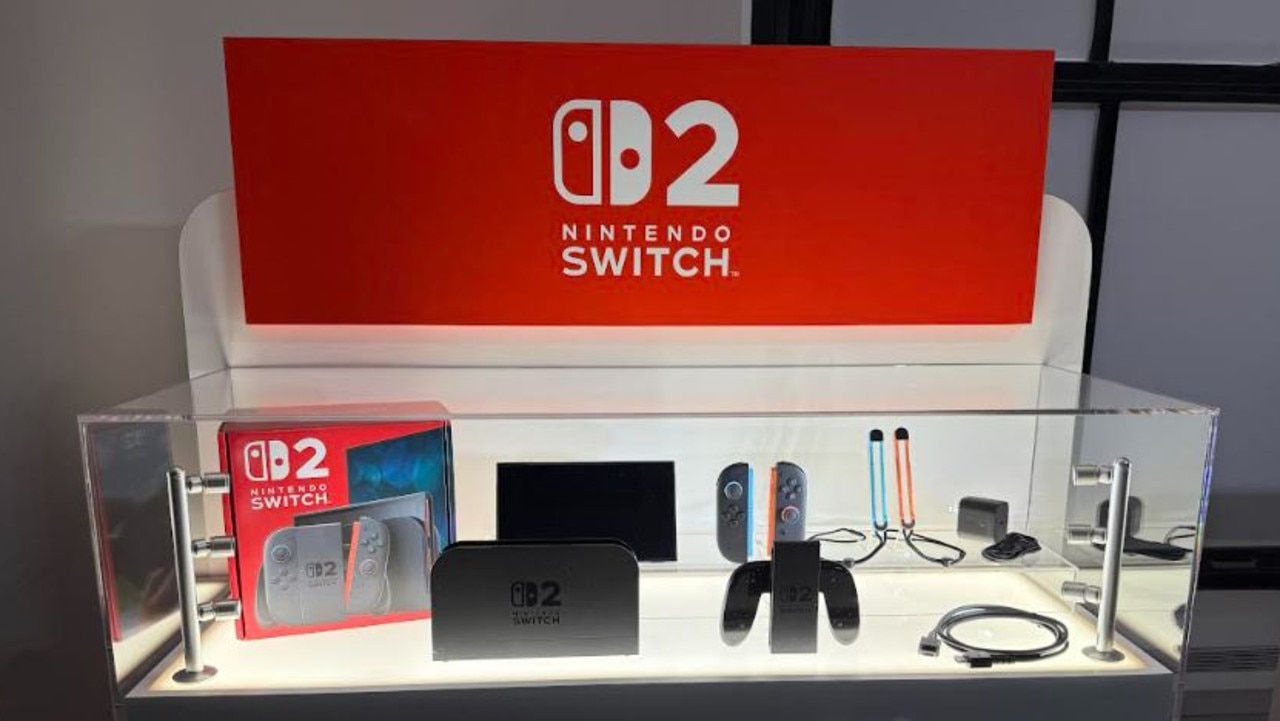How Microsoft made the most powerful console the world has ever seen
MICROSOFT’S “Project Scorpio” has finally become a reality after years of trying to figure out how to bring the console to life.
MICROSOFT are calling the Xbox One X — formerly known as Project Scorpio — the most powerful gaming console ever built.
However, fitting the cutting-edge hardware required for 4K gaming into a compact package that constantly remains cool was always going to be a challenge for designers and engineers at Microsoft’s HQ in Redmond, near Seattle in the USA.
Senior industrial designer Bryan Sparks said from an aesthetic standpoint, the Monolith from the movie 2001: A Space Odyssey was a major inspiration for the One X’s exterior colour and style.
“[The Monolith] represents a significant point of advancement,” he said, adding it seemed appropriate inspiration given the One X’s advancement in console power.
Mr Sparks also didn’t want the One X to be larger than the One S, which was a huge ask “since it has 40 per cent more power.”
Xbox hardware general manager Leo Del Castillo said the One X had twice as much thermal power as the One S, while also having operating temperatures in the 90C range.
Minimising the voltage drawn by the major parts was just one creative solution that had to be reached to combat this issue.
Traditional consoles and computers are cooled with a combination of a radiator and cyclic fan.
However, the One X incorporates vapour chamber cooling, which involves deionised water in a vacuum inside a copper chamber operating in conjunction with a radiator and fan.
“We believe this is the first time it’s been used in a consumer product on this scale,” Mr Del Castillo said.

To maximise the efficiency of the One X, the same fan which expels heat from the radiator also draws hot air away from the power supply.
The motherboard is also positioned at the top of the unit — when viewed horizontally — allowing for additional cooling vents to be positioned on the sides of the case to help with airflow.
Mr Del Castillo added the internal parts of the One X are so carefully arranged there is very little leftover space.
“Moving parts even one millimetre could cause interference elsewhere, so it was critical the designers all worked together concurrently,” he said.
Making sure all the technological wizardry inside the One X worked efficiently was only part of the design challenge, with the unit’s external appearance also involving a surprising amount of work.
Even just deciding what size and shape the cooling vents should be was a struggle that led to the creation of numerous prototype designs.
Microsoft HQ has an extensive prototype and design facility, with several separate labs containing everything from 3D printers, laser cutters, CNC machines and even spray-painting facilities.

Mock-ups of the Xbox One X case were made using six 3D printers — the most advanced able to print in several different colours and requires 16 resin cartridges costing $A1275 each.
Other elements of prototypes, particularly those which would need to stand up to more vigorous use, were made with aluminium and magnesium alloys.
Even deciding what colour the unit should be required considerably more involvement that one might expect — sure, it’s black, but how black should it be? Matte or gloss black? How does each black colour interact with different surface textures?
Mock-ups of the console case were taken to a spray booth and sprayed with proprietary paint colour mixes, with the results evaluated — they decided to go with Infinite Black.
Even the position of the optical drive was the subject of discussion, ensuring that it would still be accessible while fitting into the design aesthetic of the exterior.
Seeing a disassembled One X shows how little space there is left over inside — there’s almost no wasted room and the dozen major components all fit together snugly in one efficient package.
The console itself will be released on November 7.
Royce Wilson travelled to Seattle as a guest of Microsoft



